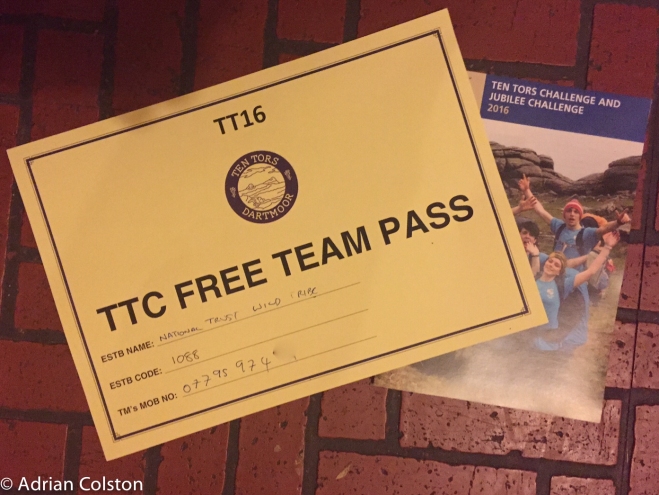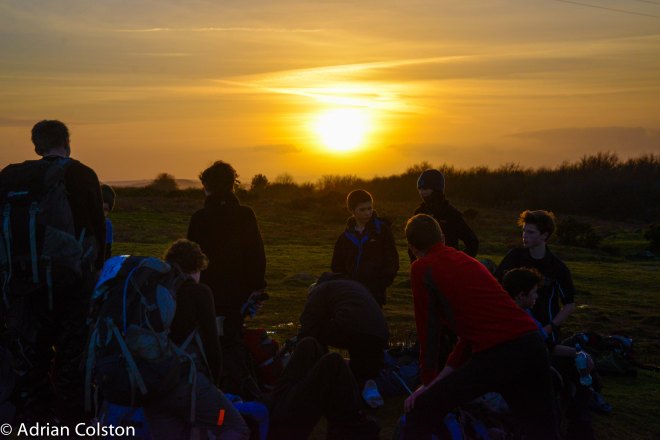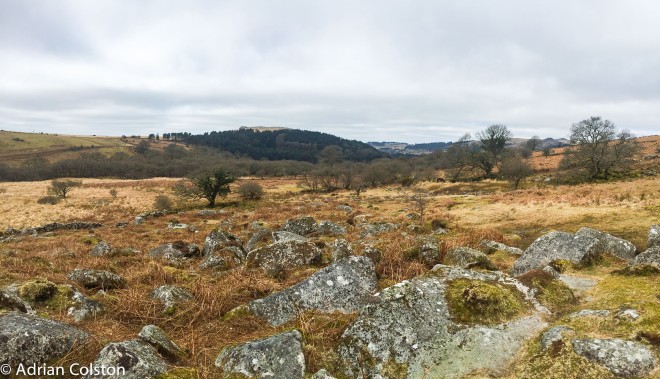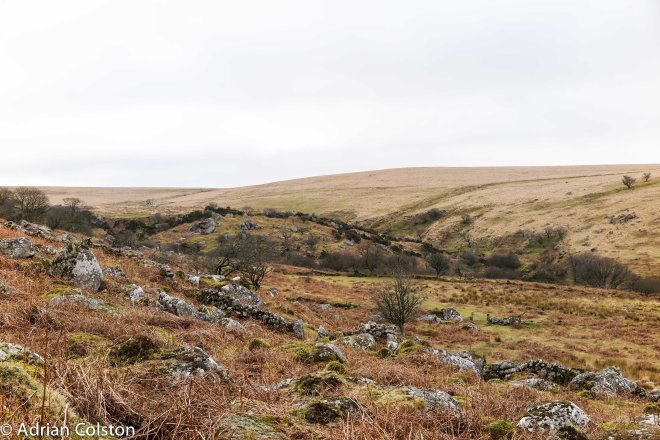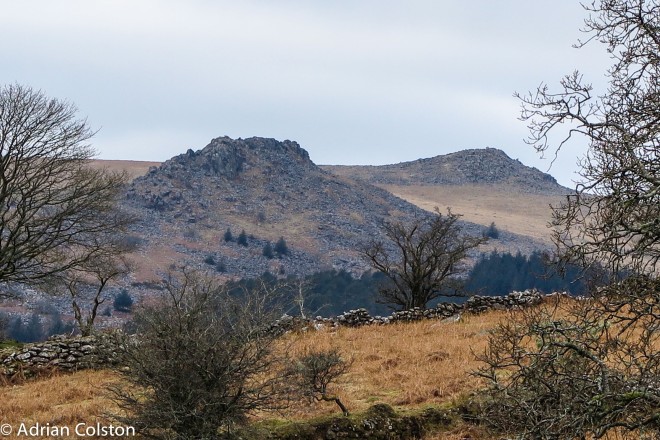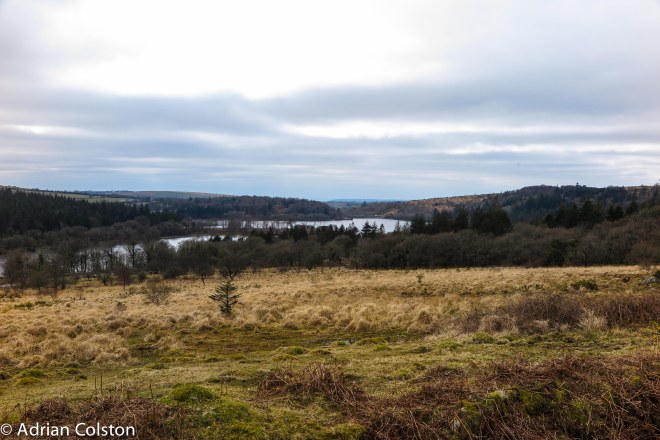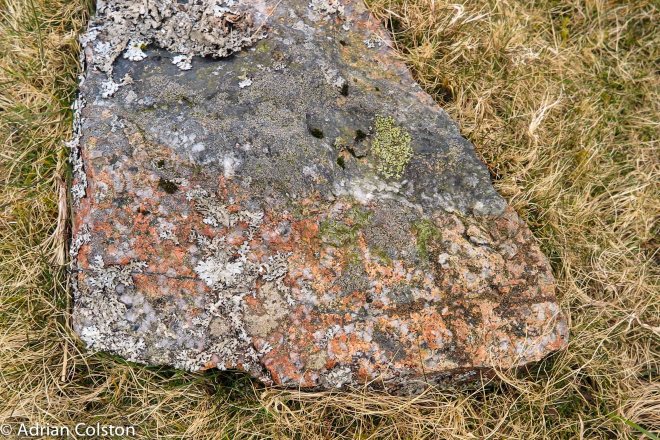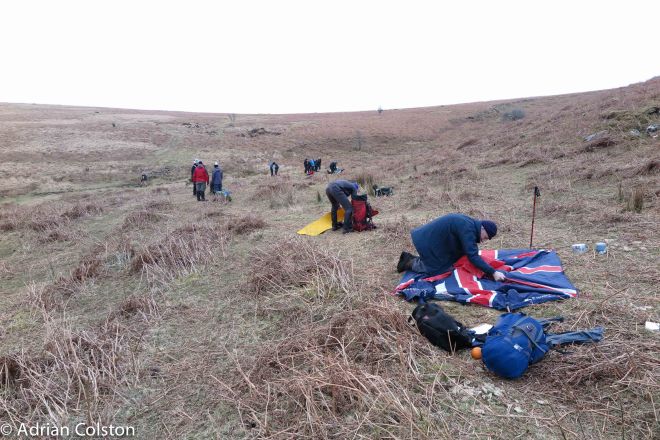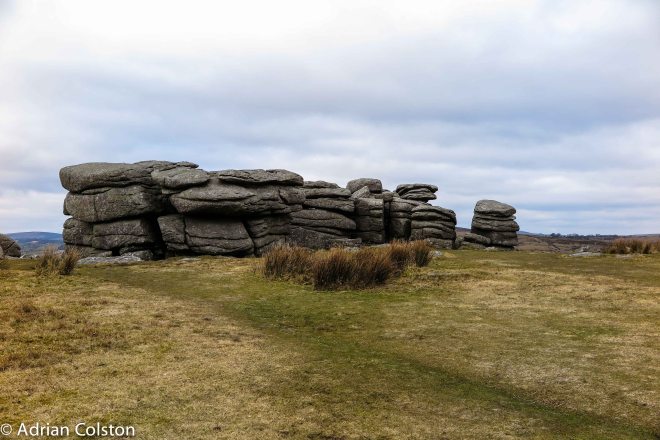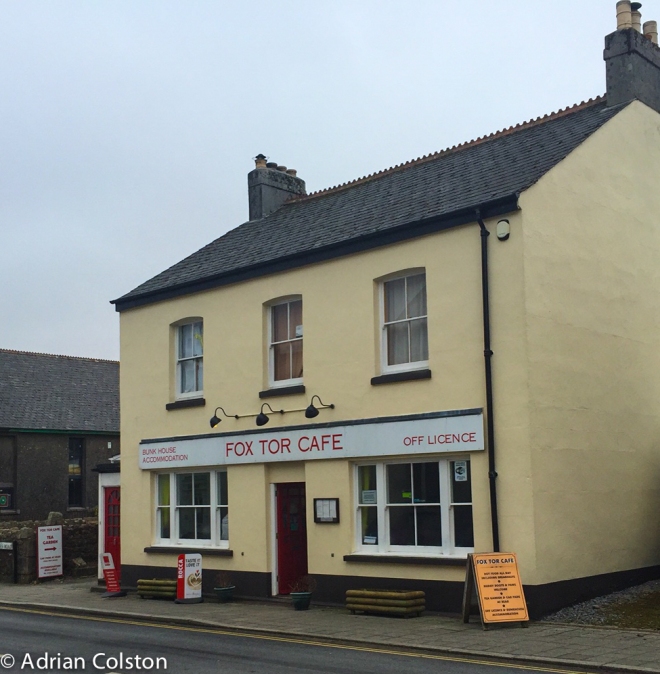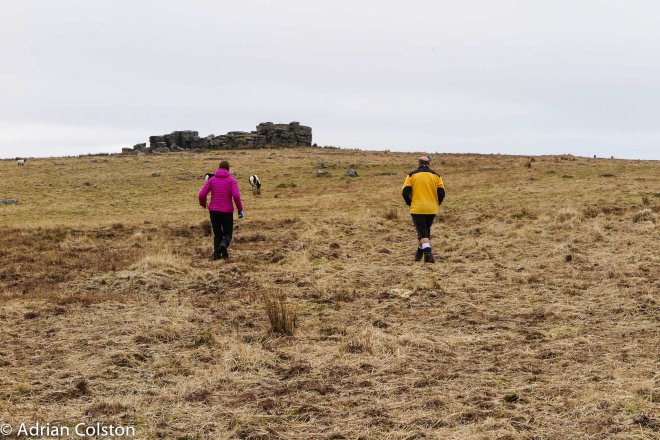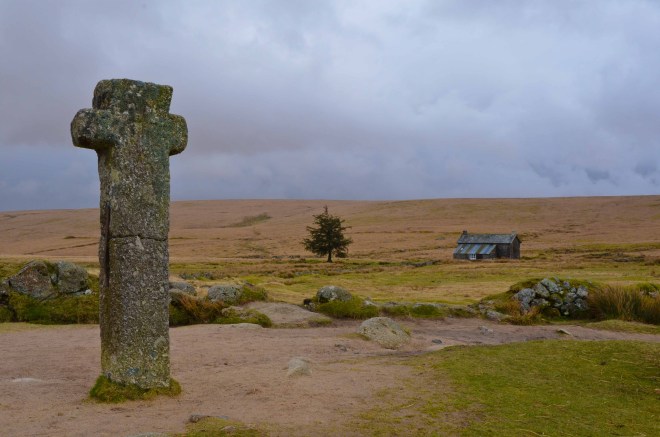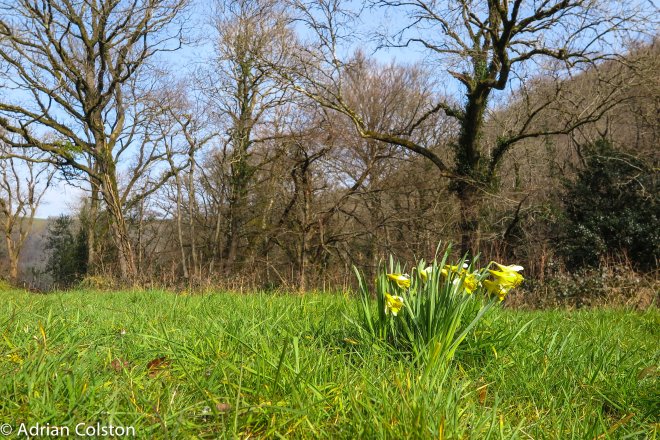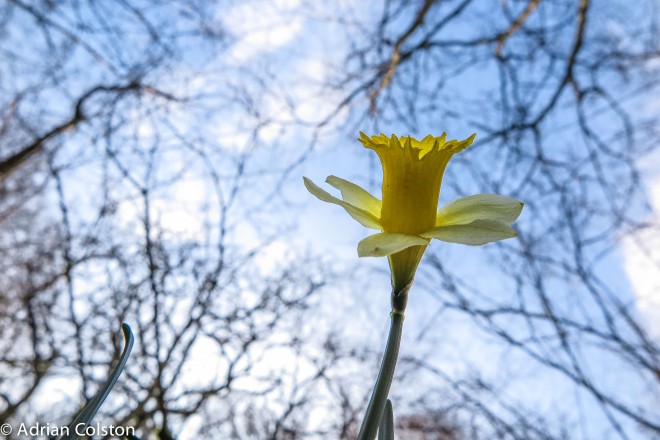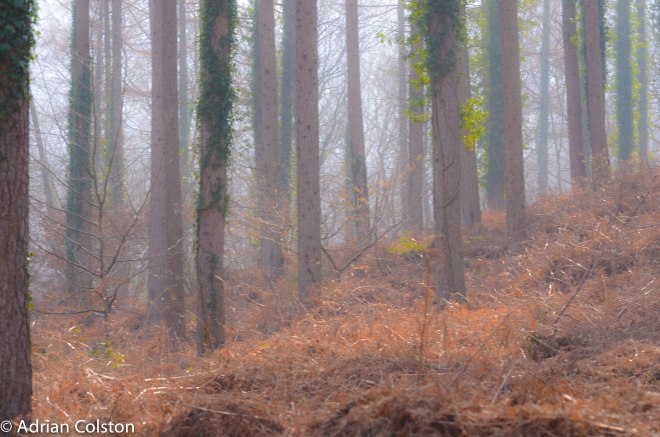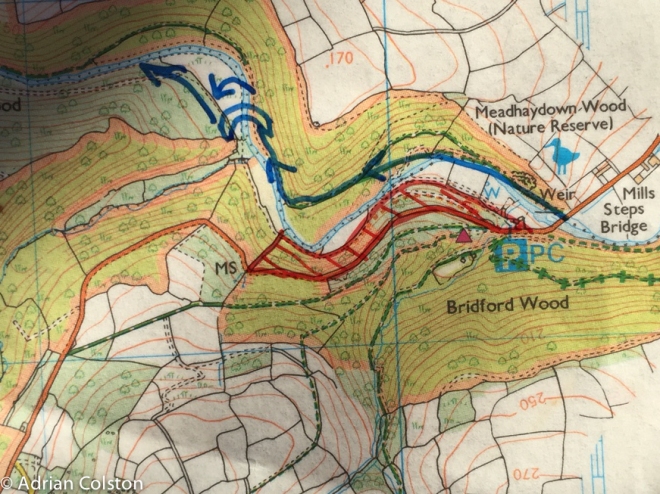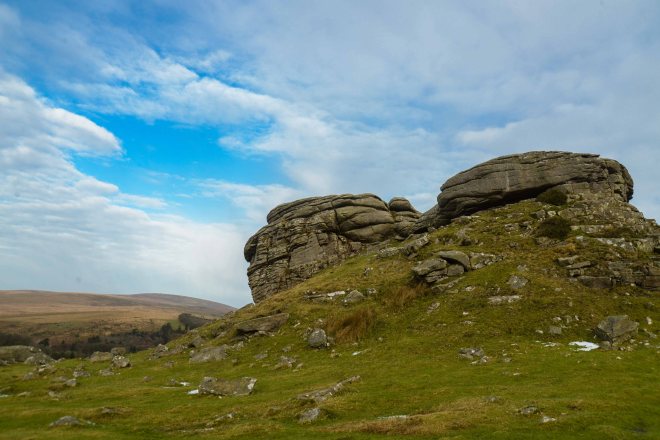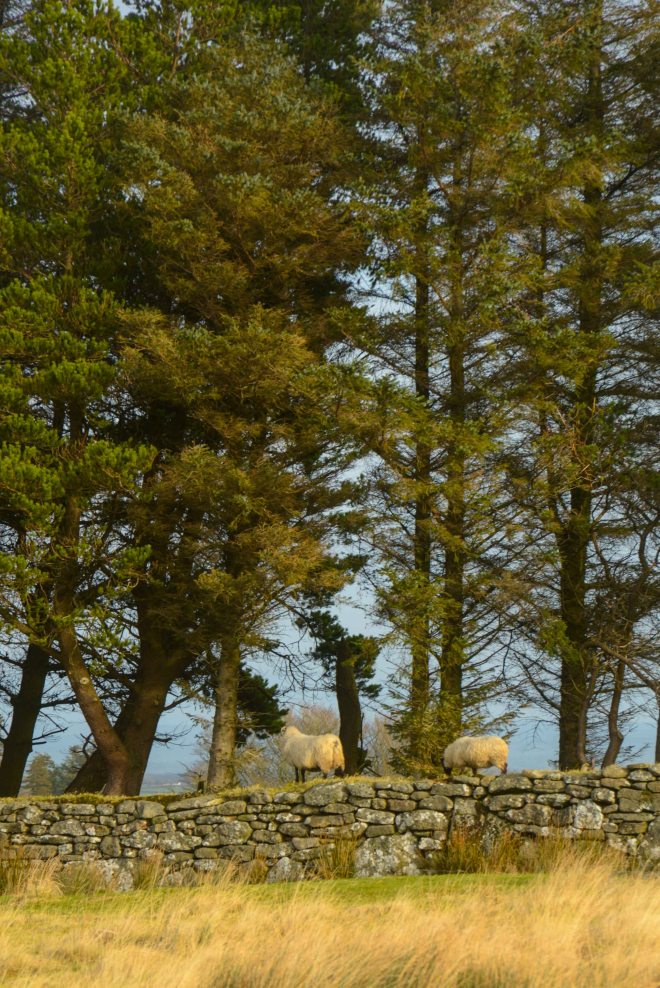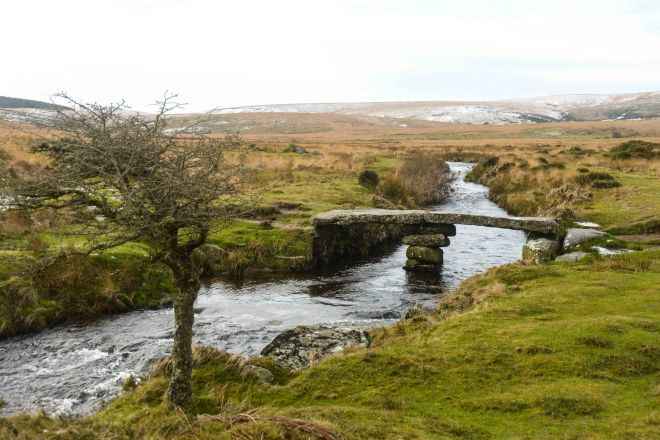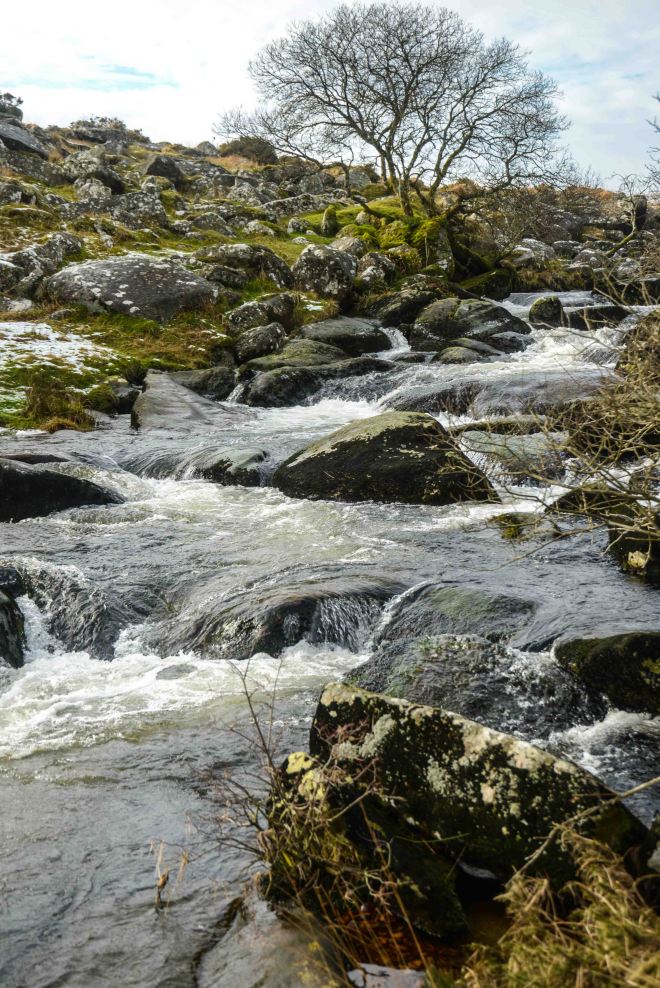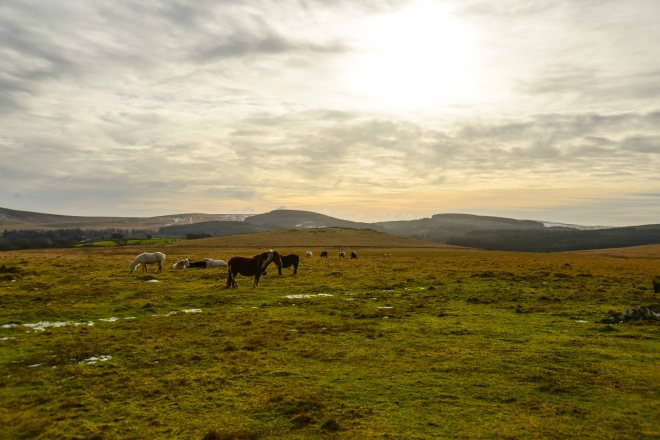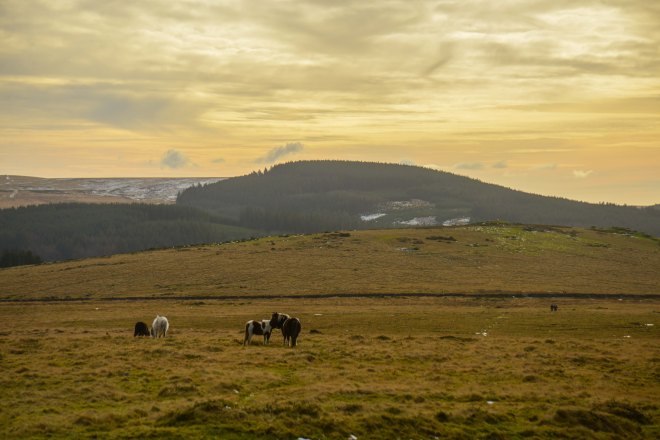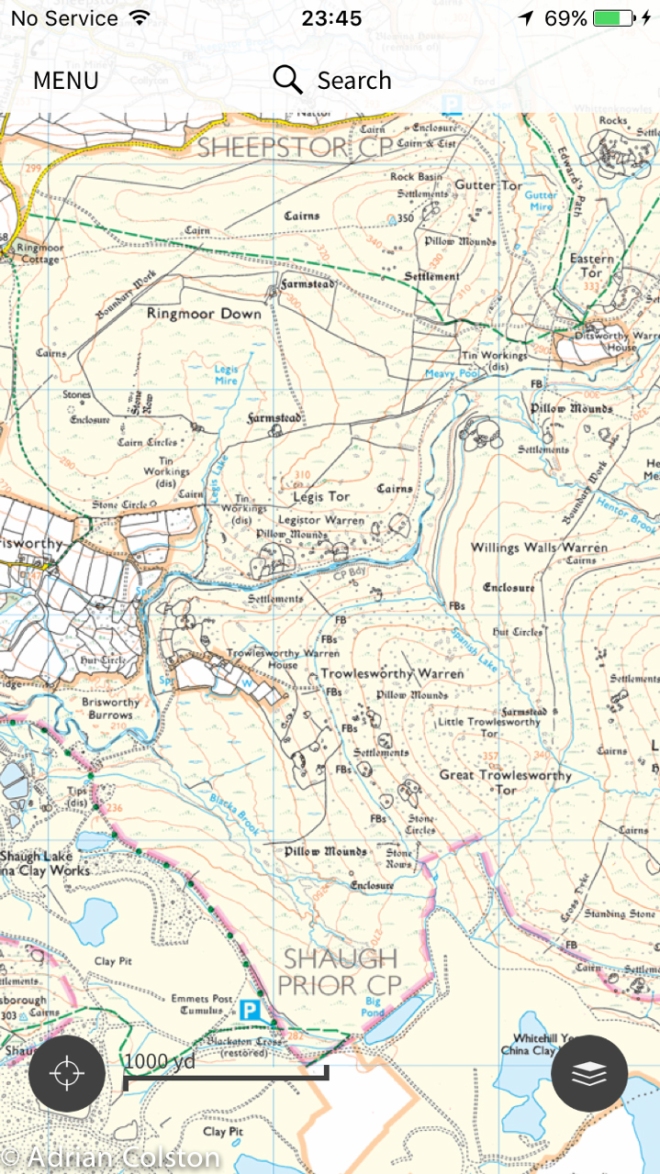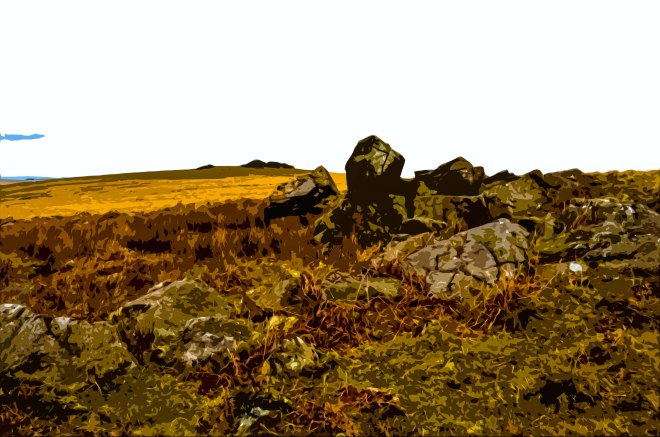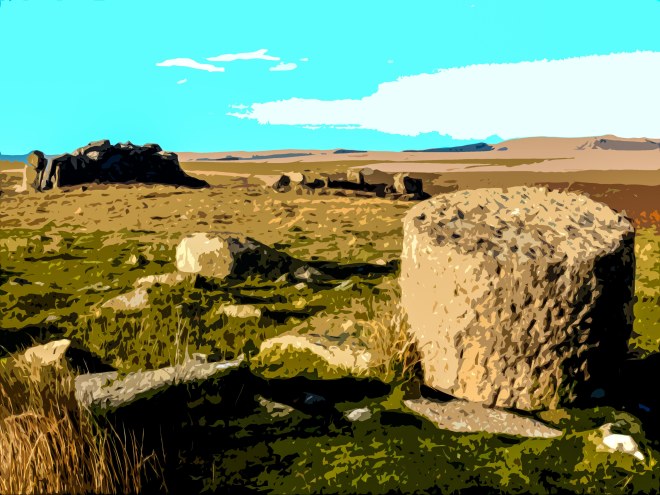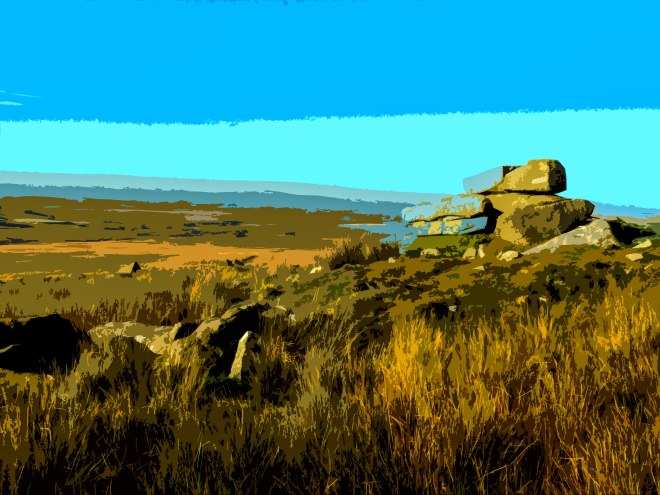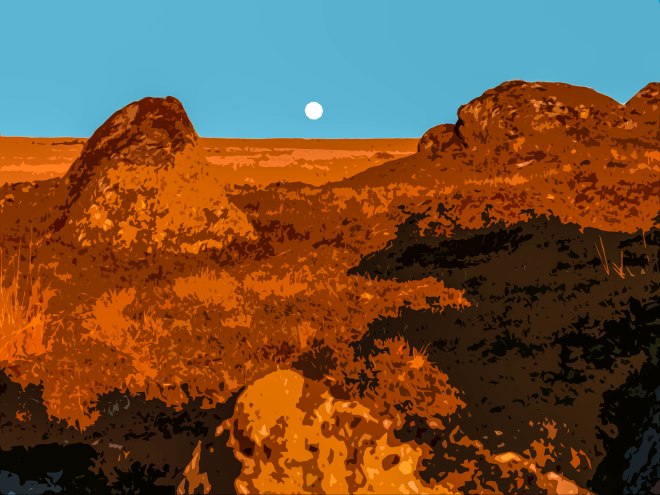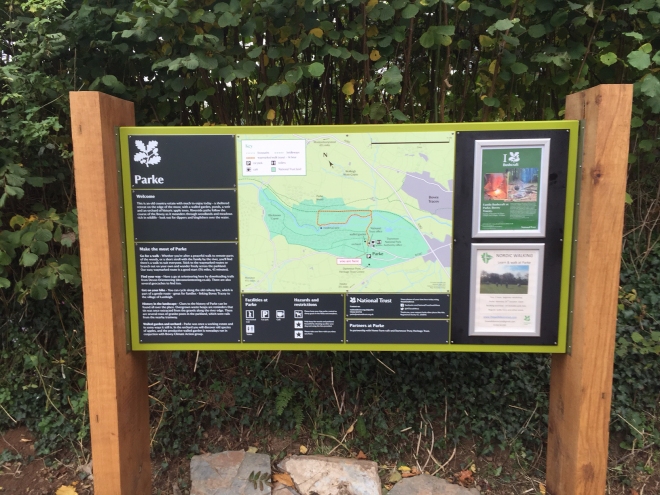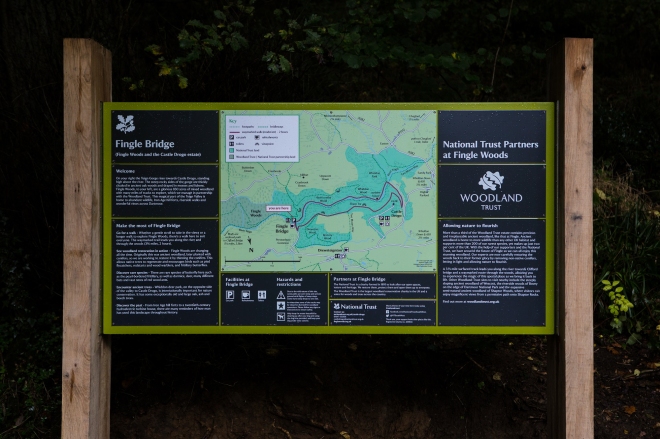Yesterday the weather was fabulous so I decided to go for walk on Belstone Common and take some photographs. I have decided to write it up in some detail and provide a map as the walk makes an ideal introduction to high Dartmoor walking. My route is around 7km long – it does go up and down a bit but it isn’t that strenuous or that boggy. As ever my advice is to wear walking boots, proper clothing and take a compass and map. Pick a clear dry day with a good forecast and you should be fine. If you do get lost just head north and you should end up funnelled back to Belstone.
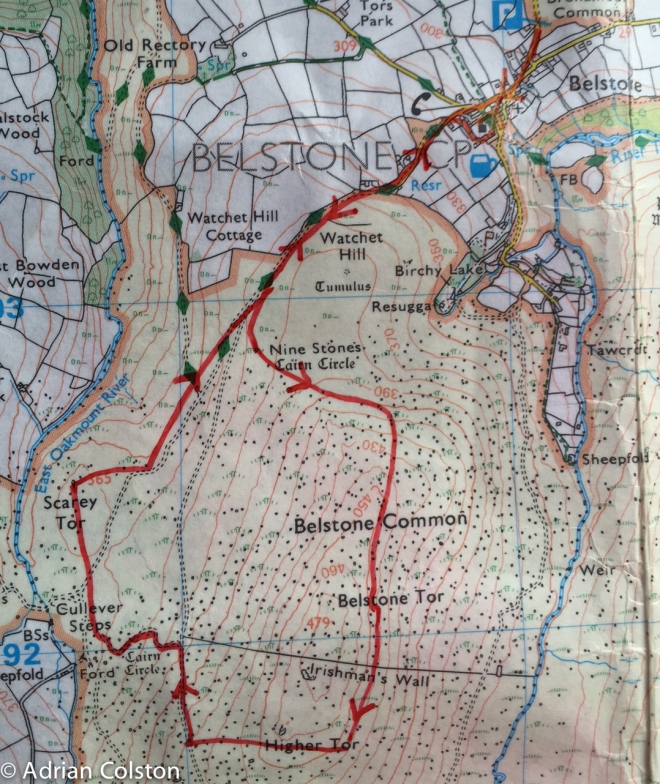
It is a circular route starting from the car park just outside Belstone which is situated on the north side of the moor between Sticklepath and Okehampton on the old A30 which now seems to be called the B3260. Walk into the village and past the old red telephone box (which now contains a defibrillator and not a phone) and walk up the hill past the Water Treatment Works onto the moor. Walk along the enclosure wall on your right and when that kinks to the west keep going for a couple of hundred yards looking for a small track / path going to the left. You should then see the first stop on the walk – the Nine Maidens stone circle.

The Nine Maidens with Rowtor, West Mill Tor and Yes Tor on the skyline in the haze.
It is in fact a cairn circle – at the centre there would have been a burial chamber known on Dartmoor as a kistaven. This is therefore a burial spot – earth would have been piled over the circle to cover the burial chamber. The kistaven has long been pillaged and all the remains now is the stone circle. Myths and legends abound around the Nine Maidens (marked on the OS Map as the Nine Stones). A very detailed account of these can be found on the excellent Legendary Dartmoor site – see here. In summary nine maidens were dancing on the Sabbath and as a result were turned to stone, unfortunately there are 17 stones in the circle …. so it is sometimes called the 17 brothers who came to a similar fate as the maidens. There are also tales of witches and the moon. Take your pick.
 Just on from the Nine Maidens you can see the first bit of Belstone Tor along with a rather lonely hawthorn which hopefully in a few weeks time will make an excellent perch for a cuckoo surveying the ground for meadow pipits
Just on from the Nine Maidens you can see the first bit of Belstone Tor along with a rather lonely hawthorn which hopefully in a few weeks time will make an excellent perch for a cuckoo surveying the ground for meadow pipits
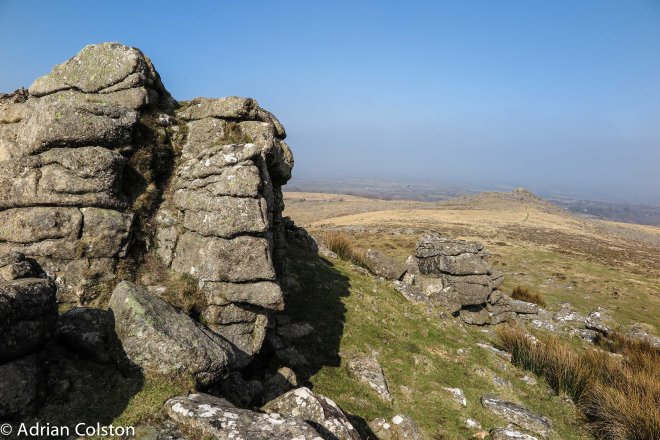
Belstone Tor is rather confusing as it is made up of at least three summits which could each in their own right be called a Tor. They all run along the ridge running south. On the second ‘tor’ looking back to the first
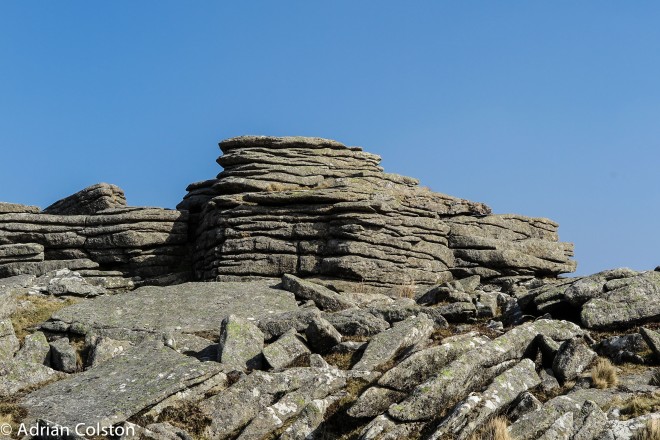
Another of the Belstone Tor outcrops – beautifully jointed.
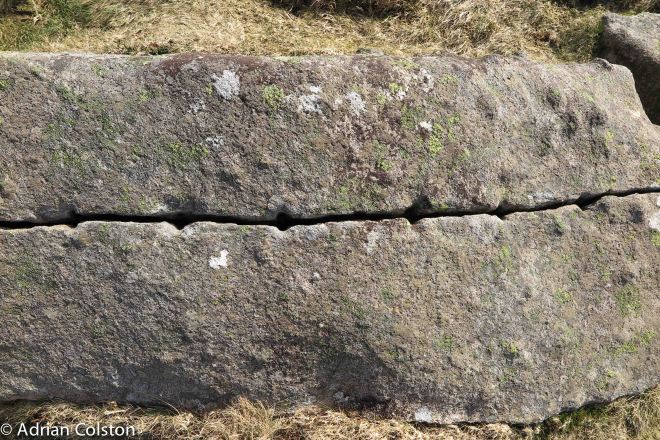
Belstone Tor is littered with granite boulders along its flanks and in the past attracted the attention of granite masons – here is a rock which has been split by a process known as feather and tare. It was then never removed (reason unknown)

Moving further south you reach a dilapidated wall known as Irishman’s Wall – in the middle of the picture is a solitary granite outcrop which is a logan stone i.e. the top bit ‘rocks’ on the lower piece (see here for more details of how they were formed).
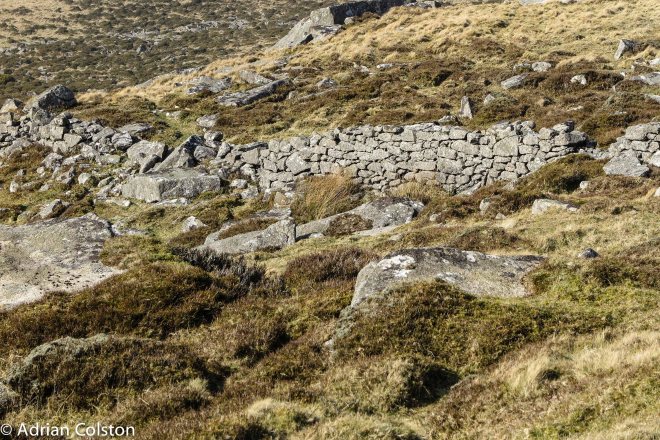
Another view of Irishman’s Wall – this wall was indeed built by Irish workers who were trying to enclose the land and therefore steal it from the local Commoners – full story here. The Commoners were having none of it and pushed sections of it down. The project was then abandoned.
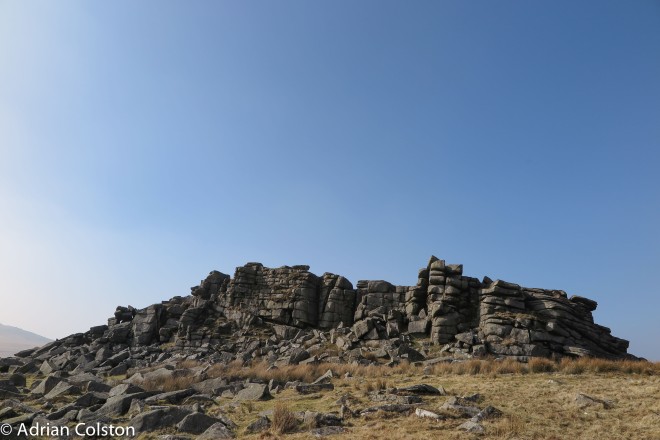
On from the logan stone and the Wall you quickly reach Higher Tor

Again fabulous jointing
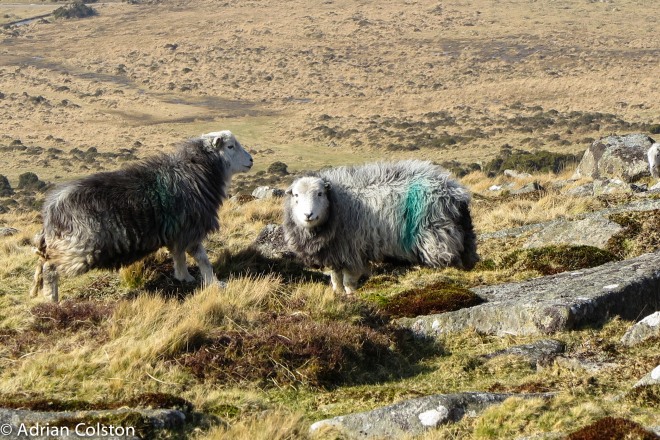
Belstone Common is currently home to a flock of Herdwick sheep – the sheep of the Lake District recently made very famous by James Rebanks in his excellent book ‘The Shepherd’s Life’ – definitely worth a read – see here.

You then walk down off the ridge towards Cullever Steps – look back up the hill and you can see Irishman’s Wall again.
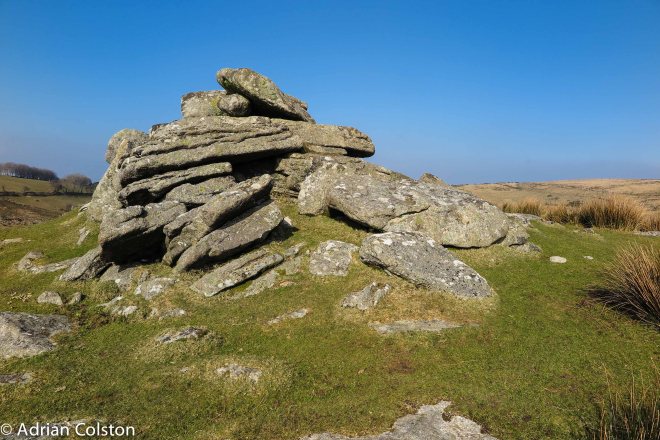
Finally head over to Scary Tor near the Steps before picking up the obvious track which will take you back to Belstone.
After you have done the walk why not drop into The Tors public house for a pint!
